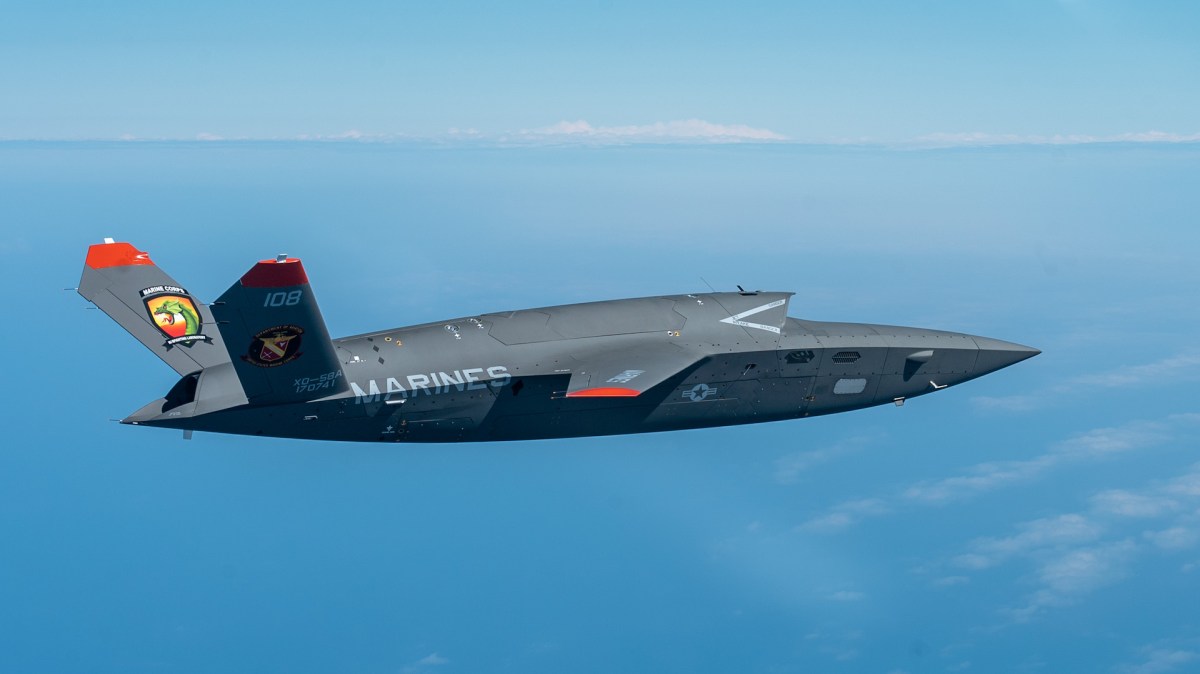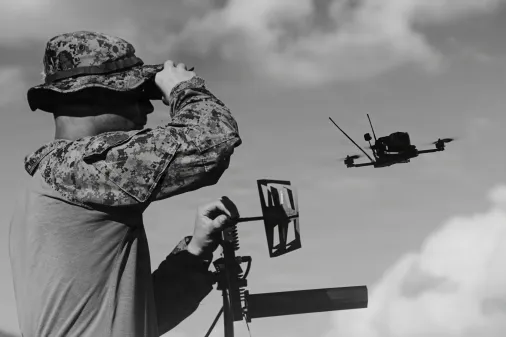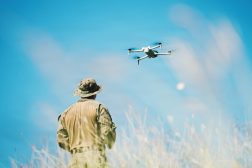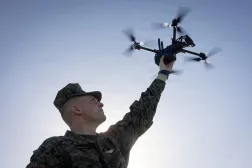Marine Corps requests more funding for collaborative combat aircraft development

The Marine Corps wants $58 million in fiscal 2026 to support the next phase of its collaborative combat aircraft initiative, according to budget documents.
Nearly $20 million would go to air vehicle development and about $15 million to mission systems development and integration. The rest of the funding would be allotted for systems engineering, control segment development and integration, and development support.
Officials noted that the spending plan for 2026 increased since the last budget submission.
The project, known as MUX TACAIR increment 1, will leverage previous work that the Corps has done for its Penetrating Affordable Autonomous Collaborative Killer-Portfolio (PAACK-P), which received funding in previous years under the Pentagon’s Rapid Defense Experimentation Reserve initiative.
“We are experimenting with unmanned aircraft like the XQ-58 Valkyrie working alongside crewed platforms such as the F-35. Recent tests validated their ability to conduct electronic warfare, execute autonomous tasks, and support Suppression of Enemy Air Defenses (SEAD) missions — all of which improve the survivability and effectiveness of manned Marine aviation in high-threat environments,” Marine Corps Commandant Gen. Eric Smith told members of the Senate Appropriations Defense Subcommittee in written testimony last month, adding that investments in collaborative combat aircraft (CCAs) and other technologies will reduce risk to personnel and increase the speed and accuracy of decision making.
The Marines want highly autonomous next-generation drones to serve as robotic wingmen that could take on high-tech foes such as China in places like the Indo-Pacific.
MUX TACAIR, or Marine Air-Ground Task Force (MAGTF) unmanned aerial system expeditionary tactical aircraft, would be expected to support “mass buildup of a Joint Force against a peer/near-peer adversary,” according to budget documents, which noted that they could play a significant role in electronic warfare and reconnaissance missions.
“Project efforts focus on operations from austere Expeditionary Advanced Basing Operations (EABO) airfields in support of Marine Littoral Regiment (MLR) and/or Marine Expeditionary Unit (MEU) operations serving as the Stand in Force (SiF) for a Joint Force, providing lethal and flexible support to support from the land and sea. This project increases MAGTF lethality, capacity and interoperability in the reconnaissance and electronic warfare mission areas, complementing existing and future TACAIR capabilities and enhancing combat reach into the INDOPACOM Area of Responsibility (AoR), or wherever enhanced, stand-off lethality is needed by the Joint Force,” officials wrote in budget justification documents to support the fiscal 2026 funding request for research, development, test and evaluation.
The Marines plan to award up to three other transaction authority agreements to contractors before the start of the next fiscal year to support the program.
Prototyping and experimentation efforts slated for 2026 include expeditionary air vehicle components and subsystems focused on launch and recovery, conventional take-off and landing (CTOL) capability, electronic warfare subsystem and payload enhancements, interoperability via communications and datalinks, mission systems computing, command and control (C2) integration architecture interoperability, and open architecture applications, according to officials.
Demonstration of prototyping activities, including mission system integration and minimum viable product (MVP) flight tests teamed with crewed aircraft, “will maximize collaborative evaluation environments, which enable developmental and operational evaluation of prototypes and tactics development” by Air Test and Evaluation Squadron Two Four (UX-24) and Marine Operational Test and Evaluation Squadron One (VMX-1)) during fleet exercises as well as weapons and tactics instructor courses hosted by Marine Aviation Weapons and Tactics Squadron One (MAWTS-1), according to budget documents.
Officials noted that the Corps plans to use a “spiral approach” to capability insertion for the program.
“MUX TACAIR Increment I will rapidly accelerate the time between development and fielding, ensuring rapid and relevant capability delivery of a Minimum Viable Product … to the warfighter,” per the budget documents. “Each spiral will have an associated MVP that is operationally relevant and balances schedule and technical complexity. The requirements within each MVP spiral will detail a minimum set of threshold capabilities required for training and tactics development with a unit of employment (e.g., fleet squadron).”
Development spirals will include enhancements in areas such as command and control, electronic warfare, mission computers and datalinks, according to officials.
Efforts in fiscal 2026 are expected to support an acquisition decision memorandum for Middle Tier of Acquisition rapid prototyping entry.
The Marines aren’t the only U.S. military service pursuing CCAs. The Air Force plans to spend $807 million in fiscal 2026 on its program.
Budget documents noted that the Marines will be “maximizing alignment” with Air Force and Department of the Navy CCA efforts “to reduce duplication and enhance interoperability through the use of compatible C2 implementations, mission systems, and common control architecture.”






